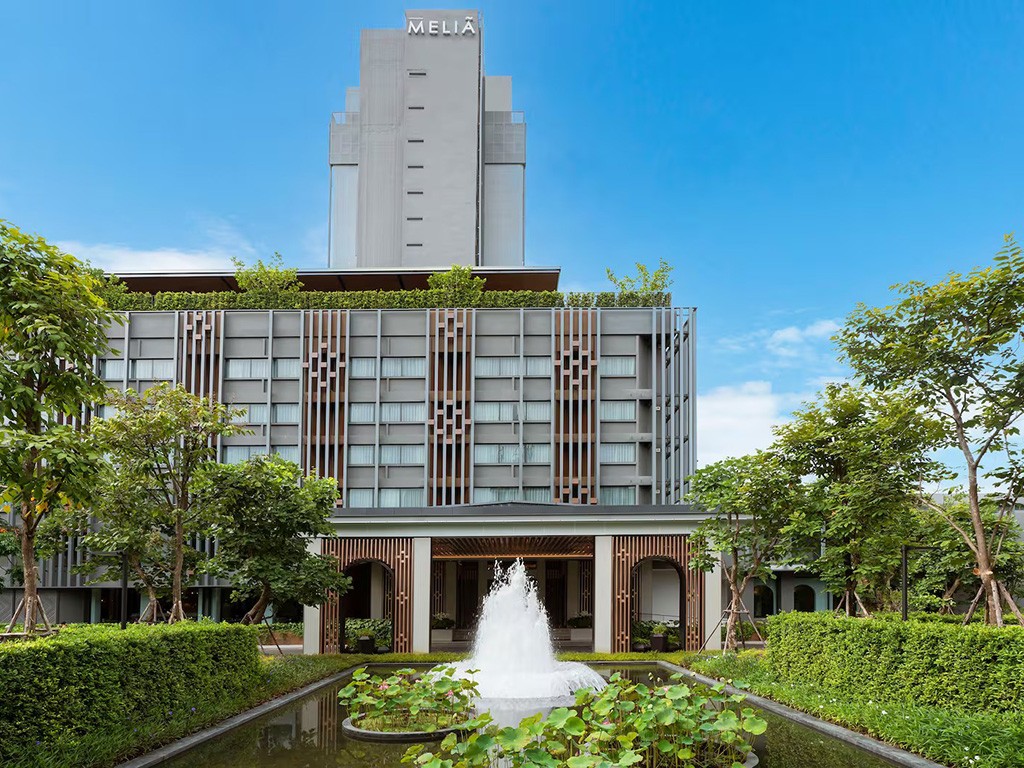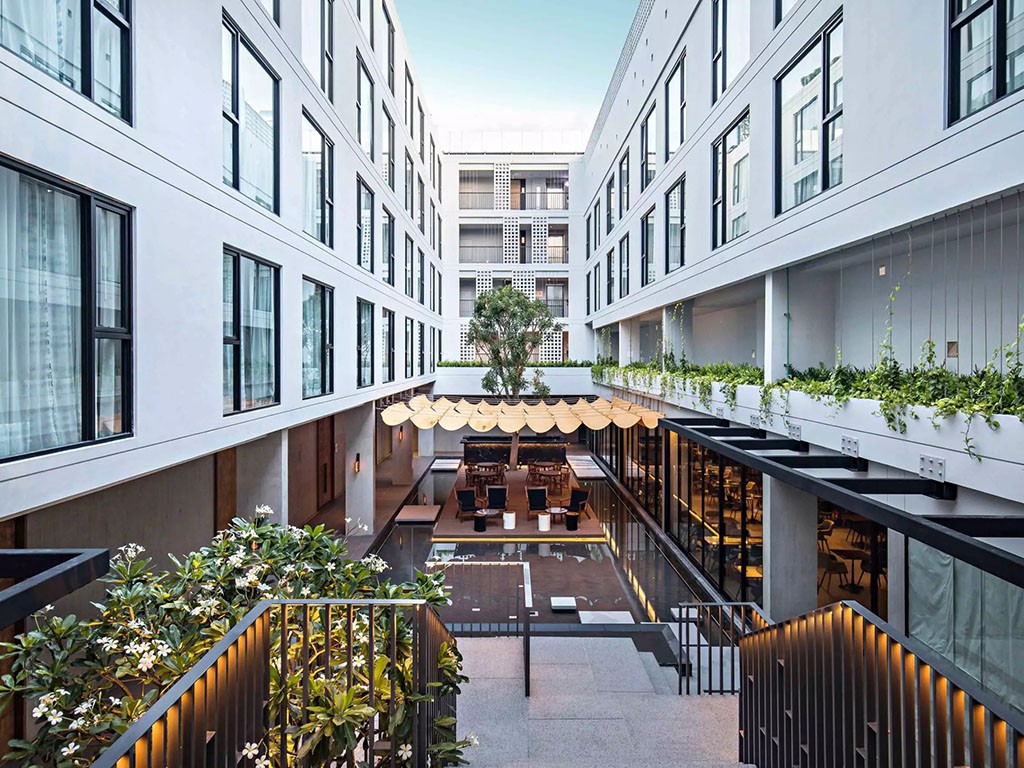“Wat Saen Fang stands out for its Mongkhon Saen Mahachai Chedi, a grand Burmese-style golden pagoda built by Phra Khru Ba Sonno Thera. The temple also features the exquisite Lai Kham Viharn, decorated entirely with gold leaf and lacquer; the two-story ordination hall commissioned by Princess Dara Rasmi; and a century-old abbot’s residence blending Lanna and Western influences.”
Wat Saen Fang is one of Chiang Mai’s oldest temples, situated along the historic Tha Phae Road. It is believed to have been founded during the reign of King Saen Phu, the third ruler of the Mangrai Dynasty, around 1550 CE (B.E. 2119). The temple received royal patronage from successive Chiang Mai rulers up to the reign of King Kawila.
Originally named Wat Saen Fang (Wat Saen Fang), “Saen” refers to King Saen Phu’s name, while “Fang” comes from the king’s intention to “entrust and enshrine his wealth and merit” within Buddhism. Over time, the name evolved into Wat Saen Fang, which remains today.
The temple’s architecture reflects a fascinating fusion of cultural influences. The Lai Kham Viharn, built in 1877 (B.E. 2420) under King Inthawichayanon and Queen Thip Kesorn Ratchathewi, was reconstructed from the royal residence of King Kawilorot. This 49-meter-long Lanna-style hall is entirely gilded and lacquered, housing a principal Buddha image made of brick and stucco.
The Mongkhon Saen Mahachai Chedi, restored by Phra Khru Ba Sonno Thera, is a Burmese-style stupa measuring 18.7 meters wide and 49 meters tall, modeled after Myanmar’s Shwedagon Pagoda. The ordination hall, built in 1910 (B.E. 2453) by Princess Dara Rasmi, features a two-story structure combining masonry on the lower level and wooden architecture on the upper level. It displays intricate gingerbread-style carvings and plaster arch decorations influenced by Western art.
Other notable structures include the century-old abbot’s residence, blending Lanna and Western motifs, and two scripture libraries (Ho Trai)—the older one dating back to 1869 (B.E. 2412) and the newer built in 1945 (B.E. 2488).
Wat Saen Fang underwent several major renovations, notably during the reign of King Kawila, to preserve its spiritual and architectural heritage as part of Chiang Mai’s cultural legacy.
How to Get There
Red Songthaew (shared taxi):
- Take a red songthaew from anywhere in Chiang Mai city and tell the driver “Wat Saen Fang, Tha Phae Road.” The temple lies along the main route between Tha Phae Gate and Warorot Market.
Walk or bicycle:
- If staying near the eastern moat or Tha Phae area, you can easily walk east from Tha Phae Gate. The temple will be on your right before reaching the Ping River.
Private car:
- Drive along Tha Phae Road. The temple is on the right-hand side before the Warorot Market intersection. Parking inside the temple is limited, but nearby street parking is available.
Travel Tips
-
Dress modestly, as this is an active place of worship.
-
Observe the gold-lacquer decoration of the Lai Kham Viharn up close.
-
Appreciate the mix of Lanna, Burmese, and Western influences in the temple’s architecture.
-
In the past, watchtowers stood at the eastern corner of the wall for guards and patrols—part of Chiang Mai’s old defensive structures.
-
The best lighting for photography is in the early morning or late afternoon.
Admission Fee:
- Free entry
Opening Hours:
- Daily, 08:00–17:00




























